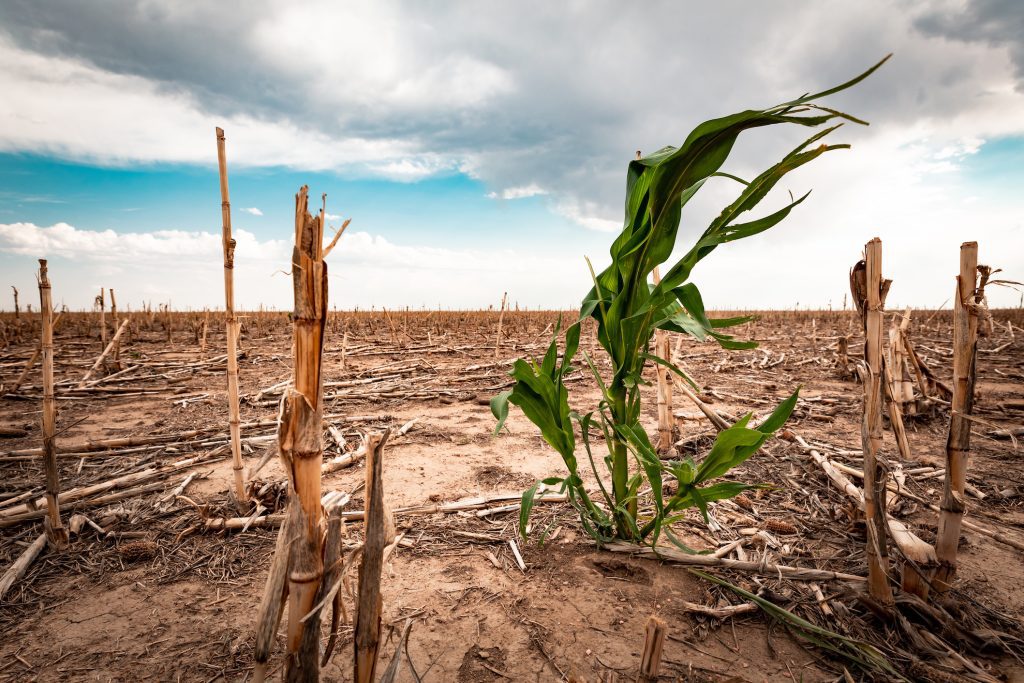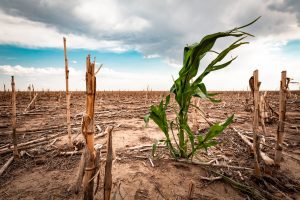Climate change is one of the most urgent challenges facing humanity. Yet despite decades of scientific research, misinformation spreads faster than facts. From social media rumors to outdated schoolbook explanations, myths about climate change can delay action and create confusion.
In this blog, climate experts debunk the 10 most common myths about climate change, backed by science, global reports, and real-world examples. By the end, you’ll know the facts about global warming, renewable energy, and sustainability, and how you can take action.
🌍 Myth 1- Climate change is just a natural cycle
Fact: Earth does experience natural warming and cooling cycles, but today’s rapid rise in global temperature is caused mainly by human activity — especially the burning of fossil fuels and deforestation.
📊 According to NASA, Earth’s temperature has risen by 1.2°C since the late 19th century, far faster than natural cycles alone could explain.
Solution: Transitioning to clean energy and protecting forests can reduce emissions and slow the pace of change.
👩🔬 Myth 2 – Scientists don’t agree on climate change
Fact: There is overwhelming scientific agreement. Over 97% of climate scientists agree that global warming is real and human-driven.
📊 The Intergovernmental Panel on Climate Change (IPCC) confirms with “very high confidence” that humans are the dominant cause of climate change since the mid-20th century.
Example: Major institutions like NASA, CSIRO (Australia), and the UN all align on this fact.
⚠️ Myth 3 – Climate change is not serious
Fact: The impacts are already happening. Rising sea levels, stronger cyclones, droughts, and biodiversity loss threaten both nature and people.
📊 The World Health Organization estimates that climate change will cause 250,000 additional deaths per year between 2030 and 2050 due to malnutrition, heat stress, and disease.
Example: The 2019–2020 Australian bushfires destroyed millions of hectares and displaced entire communities — a clear warning of worsening extremes.
❄️ Myth 4 – Cold weather disproves global warming
Fact: Climate refers to long-term patterns, not day-to-day weather. A cold winter storm does not mean global warming isn’t happening. In fact, warming disrupts natural systems, causing more extreme weather, including snowstorms.
📊 Studies show that Arctic warming can disrupt the polar vortex, sending icy blasts southward into places like North America and Europe.
🔋 Myth 5 – Renewable energy is unreliable
Fact: Renewable energy is now cheaper and more reliable than fossil fuels in many parts of the world.
📊 In 2024, renewables generated nearly 30% of global electricity. Solar and wind costs have fallen by more than 80% in the last decade.
Example: In Australia, large-scale solar farms in Queensland and wind farms in Victoria already supply millions of homes with clean energy.
Solution: Advances in battery storage and smart grids make renewables capable of powering 24/7 electricity.
👣 Myth 6 – Individual actions don’t make a difference
Fact: While systemic change is critical, individual actions matter too. Choosing sustainable transport, reducing meat consumption, and saving energy at home all create ripple effects.
📊 Research shows that if just 10% of households reduced meat consumption by half, global emissions would drop significantly.
Example: Student-led climate strikes worldwide have influenced governments and companies to take stronger climate action.
🏥 Myth 7 – Climate change only affects the environment
Fact: It’s not just about polar bears. Climate change affects health, jobs, security, and the economy.
📊 Heatwaves kill more people than any other extreme weather event. In 2023, Europe recorded over 60,000 heat-related deaths.
Example: Rising sea levels are already forcing communities in the Pacific Islands to relocate, creating climate refugees.
⏳ Myth 8 – It’s too late to act on climate change
Fact: Every action taken now makes a difference. The faster we cut emissions, the less damage we lock in.
📊 The IPCC warns we must halve global emissions by 2030 to keep warming below 1.5°C, but progress is possible with rapid policy shifts.
Solution: Investing in renewables, restoring ecosystems, and adopting sustainable agriculture can bend the curve toward a livable future.
🌏 Myth 9 – Developing countries are the main cause
Fact: Historically, developed nations are responsible for most emissions since the industrial revolution.
📊 The United States and Europe together account for nearly half of all historical CO₂ emissions.
Example: While countries like China and India emit large amounts today, much of it is linked to producing goods consumed in wealthier nations.
Solution: Global cooperation is essential — climate justice means wealthier nations should lead in funding clean transitions.
💰 Myth 10 – Climate solutions are too expensive
Fact: The cost of doing nothing is far greater. Climate disasters already cost the global economy hundreds of billions every year.
📊 The World Bank estimates climate-related damages could push 130 million people into poverty by 2030 if action isn’t taken.
Example: Investing in renewables and green jobs saves money long-term and boosts economies.
📌 Key Takeaways
- Climate change is human-driven, urgent, and serious.
- Myths spread confusion, but science gives clear answers.
- Renewable energy and sustainability are affordable and essential.
- Every action — from governments to individuals — counts.
❓ Frequently Asked Questions (FAQs)
Q1: What is the biggest myth about climate change?
The idea that climate change is just a natural cycle. Science proves today’s warming is mainly human-driven.
Q2: Can renewable energy fully replace fossil fuels?
Yes. With solar, wind, hydro, and new storage technologies, renewables can reliably power the world.
Q3: Why should students care about climate change?
Because today’s youth will inherit its impacts — but also lead the solutions through education and innovation.
🏁 Conclusion
Climate change myths can be misleading, but the facts are clear. By cutting through misinformation, we can focus on real solutions that protect people, economies, and the planet.
👉 Take the next step: Explore our sustainability and climate courses at the College of Climate Change to learn how you can contribute to a greener future.


